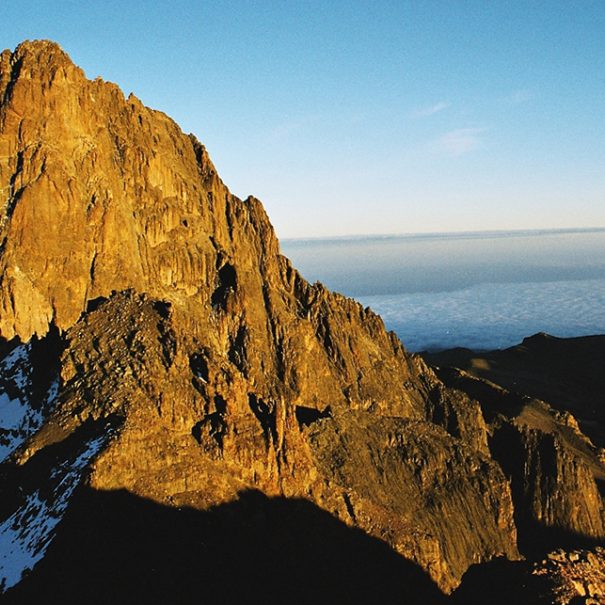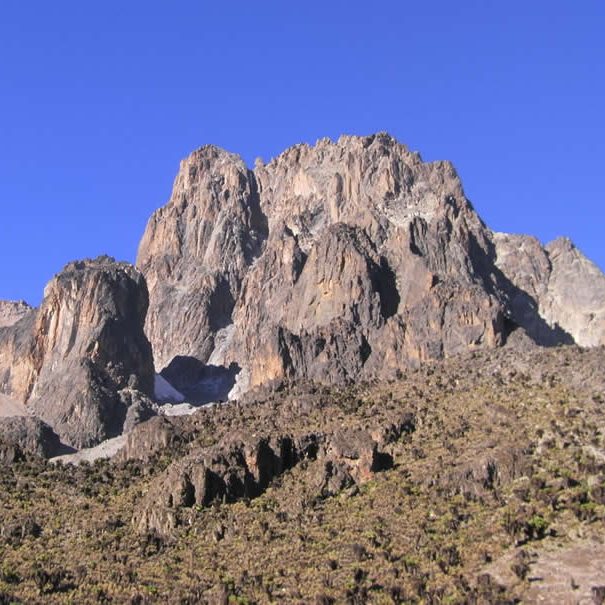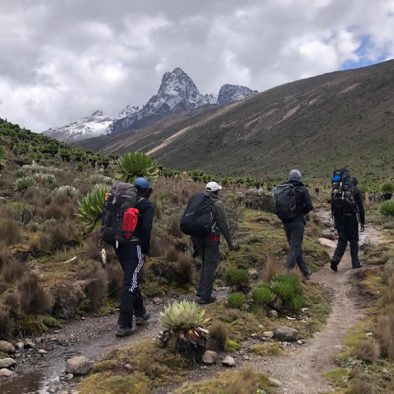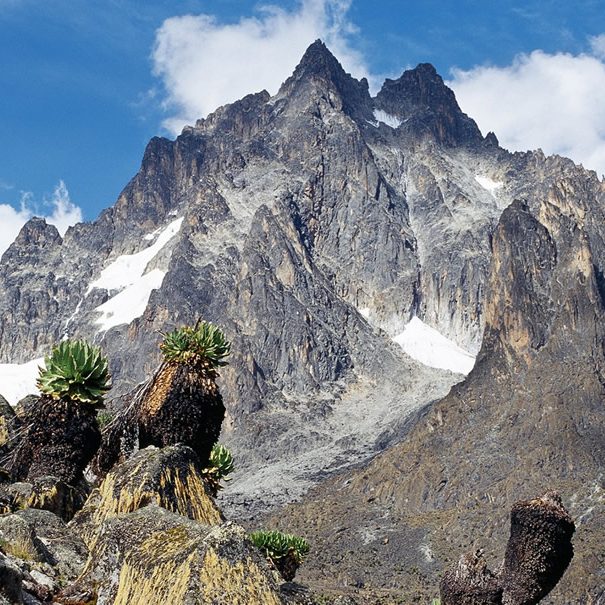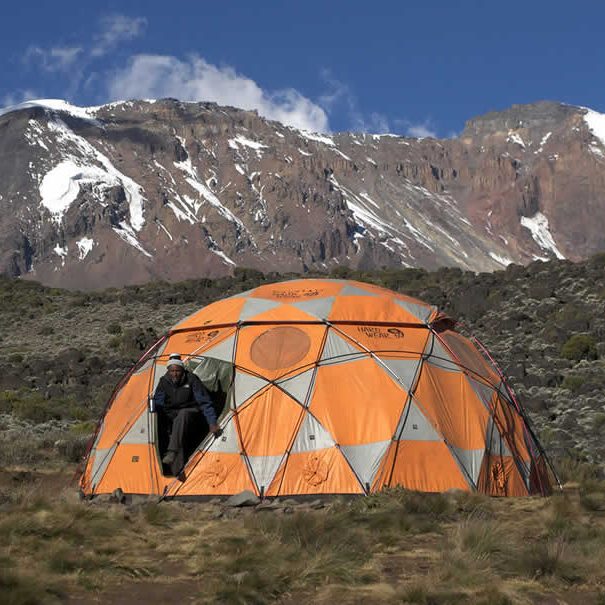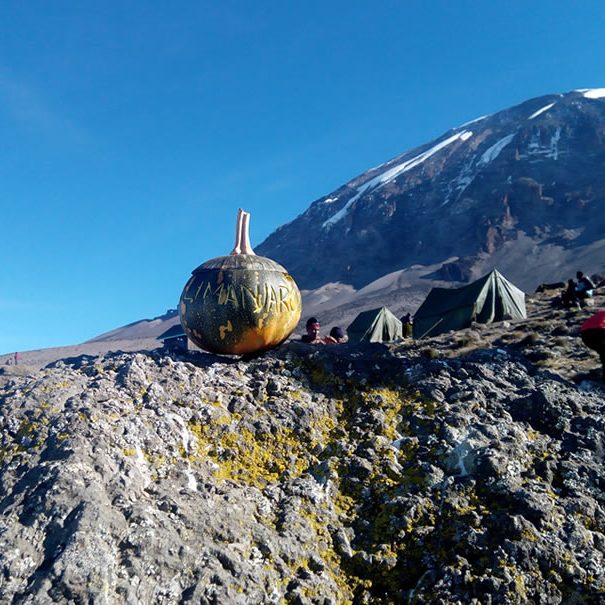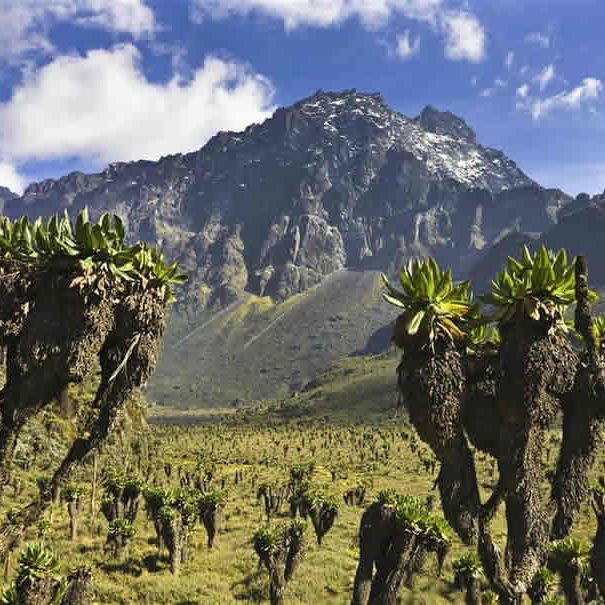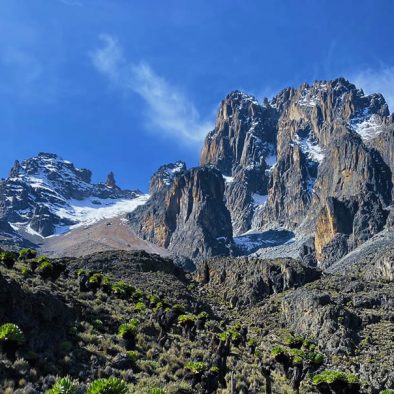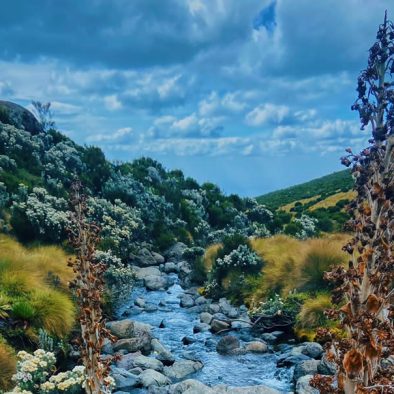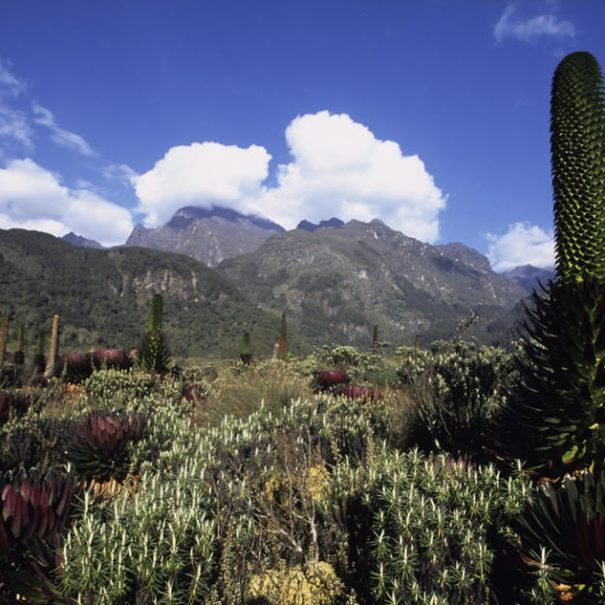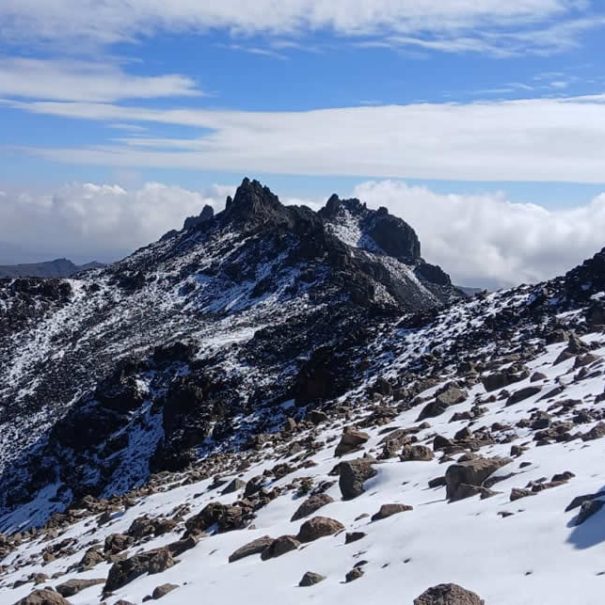Mount Kenya, Africa’s second-highest peak, stands as an awe-inspiring destination for adventure seekers and mountaineers. Embarking on a Mount Kenya climb is an exhilarating and challenging endeavor that requires careful preparation and consideration. One of the key factors contributing to a successful ascent is acclimatization. Acclimatization is the process by which the body adapts to changes in altitude, allowing climbers to safely ascend to high altitudes without succumbing to altitude sickness. In this article, we will explore essential strategies for acclimatization during a Mount Kenya climb, ensuring a safe and enjoyable experience.
Understanding Acclimatization
Acclimatization is a vital physiological process that allows the body to adjust to the reduced oxygen levels and atmospheric pressure found at higher altitudes. As climbers ascend Mount Kenya, the air becomes thinner, making it more difficult for the body to obtain an adequate supply of oxygen. Without proper acclimatization, climbers may experience a range of symptoms related to altitude sickness, such as headaches, nausea, dizziness, and fatigue. In severe cases, altitude sickness can lead to life-threatening conditions like High Altitude Pulmonary Edema (HAPE) and High-Altitude Cerebral Edema (HACE). Therefore, acclimatization plays a crucial role in ensuring a safe and successful Mount Kenya climb.
Preparing for the Climb
Before embarking on a Mount Kenya climb, it is essential to prepare both physically and mentally. Engaging in regular physical fitness training, including cardiovascular exercises and strength training, helps improve overall endurance and stamina. Additionally, climbers should undergo a comprehensive medical check-up and consult with a healthcare professional who specializes in high-altitude medicine. This step allows for an assessment of any pre-existing medical conditions that may affect acclimatization.
Packing the right essentials for acclimatization is equally important. Mount Kenya’s weather can be unpredictable, with temperatures varying significantly at different altitudes. It is crucial to pack proper clothing and equipment suitable for various weather conditions, including thermal layers, waterproof outerwear, sturdy hiking boots, and a reliable backpack.
Acclimatization Strategies
- Gradual Ascent: Taking a gradual approach to the climb is crucial for proper acclimatization. Climbers should allow their bodies time to adjust to the changing altitude. Ascending too rapidly increases the risk of altitude sickness. It is recommended to follow a climbing itinerary that includes planned rest days and incremental altitude gains.
- Climbing Routes: Mount Kenya offers different climbing routes, each with its own characteristics and acclimatization camps. The Nanyuki and Sirimon routes are popular choices among climbers. The Nanyuki Route provides various acclimatization camps, including Old Moses Camp (3,300 meters), Shipton’s Camp (4,200 meters), and Austrian Hut (4,790 meters). On the Sirimon Route, climbers can acclimatize at camps such as Old Moses Camp, Liki North Camp (3,990 meters), and Shipton’s Camp. These routes and camps provide opportunities for gradual acclimatization.
- Altitude Camps: Staying at intermediate camps during the ascent is a crucial acclimatization strategy. These camps allow climbers to spend additional nights at higher altitudes, giving their bodies more time to adapt. The Nanyuki Route’s Shipton’s Camp and the Sirimon Route’s Shipton’s Camp are popular acclimatization camps, strategically positioned for climbers to adjust to higher elevations. At these camps, climbers can engage in light physical activity, such as short hikes, to aid the acclimatization process.
- Hydration and Nutrition: Proper hydration and nutrition play a vital role in acclimatization. Staying hydrated is essential at high altitudes to prevent dehydration, which can exacerbate the symptoms of altitude sickness. Climbers should drink plenty of water and electrolyte-rich fluids throughout the climb. Additionally, maintaining a balanced diet that includes carbohydrates, proteins, and healthy fats is crucial for providing the body with the necessary fuel for energy and acclimatization.
- Rest and Sleep: Adequate rest and quality sleep are essential components of successful acclimatization. During the climb, climbers should prioritize getting enough sleep and taking regular breaks to allow their bodies to recover. Quality sleep aids in the body’s natural adaptation processes and enhances overall well-being during the ascent.
Altitude Illnesses and Prevention
Despite the best acclimatization efforts, altitude sickness can still occur. It is essential for climbers to be aware of the symptoms and take immediate action if they arise. Acute Mountain Sickness (AMS) is a common altitude-related illness characterized by headaches, nausea, dizziness, and fatigue. To prevent AMS, climbers should ascend gradually, stay hydrated, and avoid overexertion. If symptoms worsen or if High Altitude Pulmonary Edema (HAPE) or High-Altitude Cerebral Edema (HACE) are suspected, climbers should descend immediately and seek medical attention.
Medications such as acetazolamide (Diamox) can be used to prevent altitude sickness and aid in acclimatization. However, it is important to consult with a healthcare professional before taking any medications, as they may have side effects or contraindications.
Tips for Successful Acclimatization
To enhance acclimatization and increase the chances of a successful Mount Kenya climb, climbers should consider the following tips:
Listen to Your Body: Pay attention to any warning signs or symptoms of altitude sickness. If experiencing severe symptoms, it is crucial to descend to a lower altitude.
Stay Positive and Maintain a Steady Pace: Mental attitude plays a significant role in acclimatization. Staying positive and maintaining a steady pace during the climb promotes better adaptation to altitude.
Engage in Light Physical Activity at Base Camps: Participating in light physical activities, such as short hikes or stretching exercises, can help improve blood circulation and aid in acclimatization.
Practice Deep Breathing and Relaxation Techniques: Deep breathing exercises and relaxation techniques help maximize oxygen intake and reduce stress, enhancing the body’s ability to acclimatize.
Avoid Alcohol, Smoking, and Excessive Caffeine Consumption: These substances can impair acclimatization and exacerbate the symptoms of altitude sickness. It is best to avoid them during the climb.
Conclusion
Acclimatization is a critical component of a successful Mount Kenya climb. By understanding the physiological process of acclimatization and implementing the strategies outlined in this article, climbers can enhance their chances of reaching the summit safely. Remember, a gradual ascent, proper hydration and nutrition, adequate rest and sleep, and being aware of altitude illnesses and safety considerations are key to successful acclimatization. By following these strategies and prioritizing safety, climbers can embark on a memorable journey to the summit of Mount Kenya, experiencing the beauty and majesty of this remarkable mountain while minimizing the risks associated with high altitudes.


